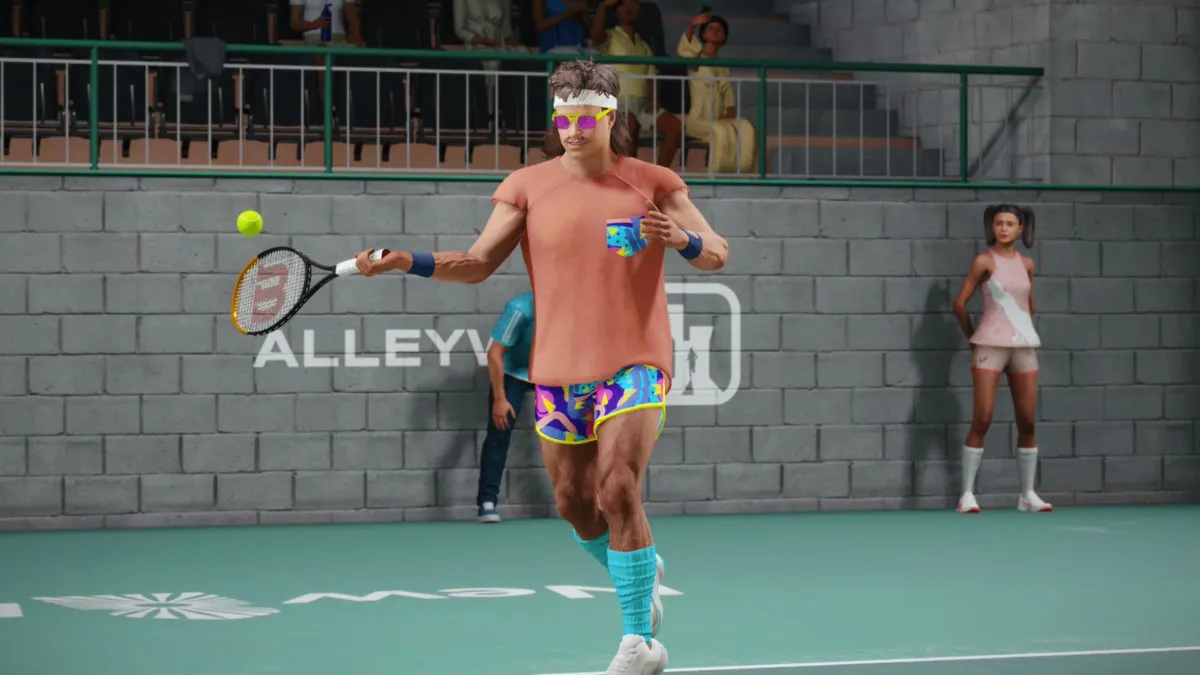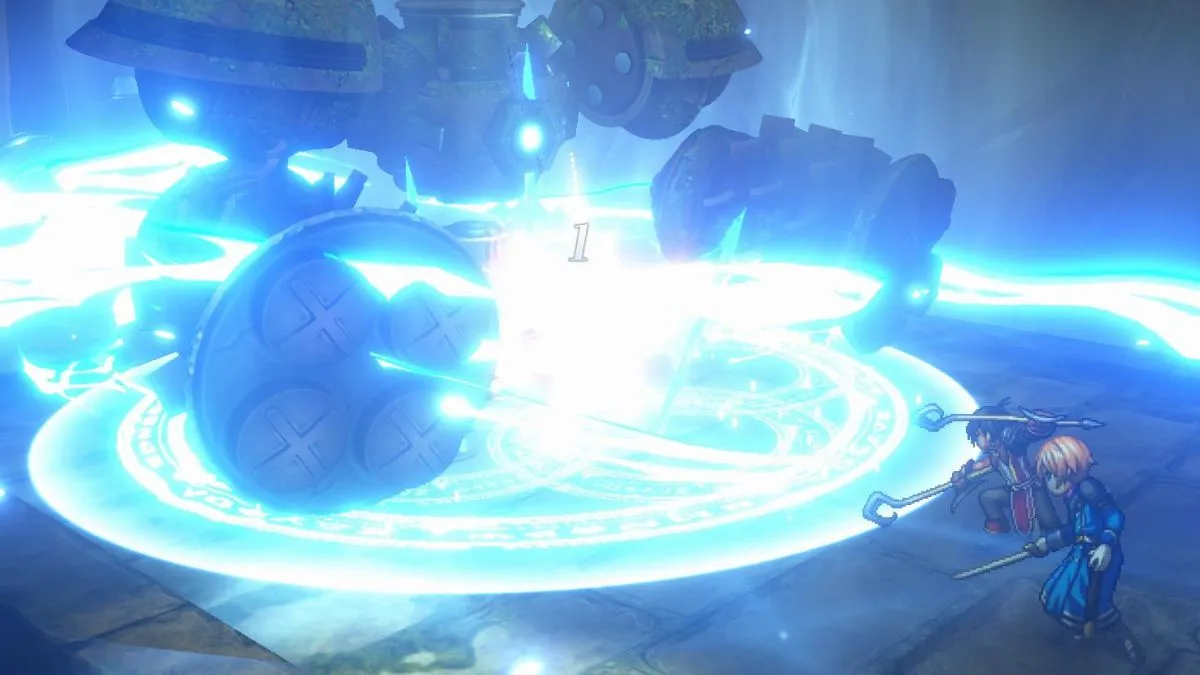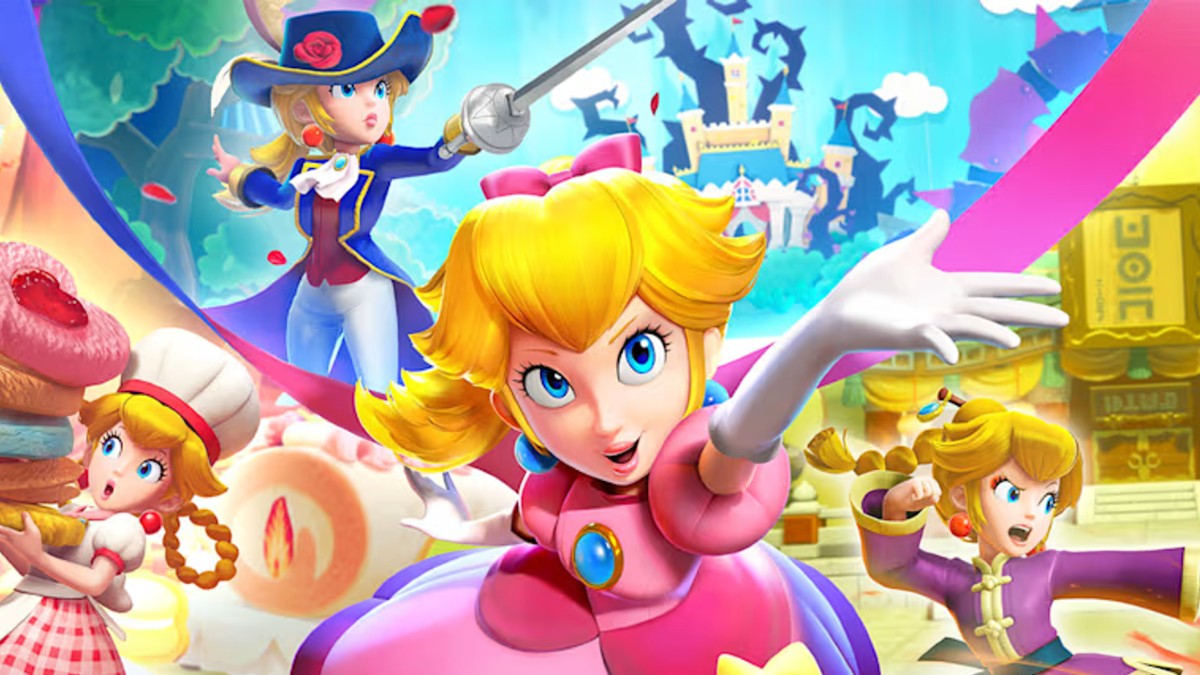 More than two decades since the Chernobyl nuclear disaster, the area surrounding the now-entombed reactor is as haunting as any virtual landscape. Documented in numerous online photo galleries, it’s a vast, poisonous graveyard inhabited by an unseen radioactive threat. Military installations, research facilities and even an entire city stand abandoned to the reactor’s fallout.
More than two decades since the Chernobyl nuclear disaster, the area surrounding the now-entombed reactor is as haunting as any virtual landscape. Documented in numerous online photo galleries, it’s a vast, poisonous graveyard inhabited by an unseen radioactive threat. Military installations, research facilities and even an entire city stand abandoned to the reactor’s fallout.
Taken in context, the entire Chernobyl event includes prototypical elements of dystopian science fiction: a totalitarian propaganda-driven government, a secretive military-industrial complex, arcane sciences gone awry, and an invisible, deadly menace. Like Half-Life‘s fictional Black Mesa research facility in the throes of post-resonance cascade chaos, it’s a setting tailor-made for encounters with mutant horrors and black-op soldiers.
One has to imagine, then, that the underlying premise of GSC Game World’s PC title S.T.A.L.K.E.R.: Shadow of Chernobyl practically wrote itself. At first glance, it’s a near-perfect gaming package: an amnesiac outsider finds himself in Chernobyl’s radiation-blasted exclusion zone, where he must contend with a poisoned landscape, aggressive mutants and militant combatants. In other words, ideal fodder for first-person shooting.
Anyone could have built such a game, which is why it’s a bit of a surprise that S.T.A.L.K.E.R. is the first major title derived from the Chernobyl disaster. What’s even more of a surprise, though, is the game’s riveting treatment of its source material. Unlike most shooters of its ilk, S.T.A.L.K.E.R. is almost entirely devoid of action-hero simplicity and campy confrontation. Instead, it’s a painfully bleak, emotionally austere experience.
 S.T.A.L.K.E.R. takes a few imaginative liberties with Chernobyl’s history, most notably by asserting that in the years since the initial meltdown additional unexplained cataclysmic events have rendered the exclusion zone even more uninviting. In addition to the requisite mutants and gun-toting soldiers, the landscape of the Zone has since become host to deadly area “anomalies” that can burn, shock, sicken or even mutilate anything that happens to stumble into their presence. Rendered by GSC’s dated but still beautiful X-Ray graphics engine, they show up in a variety of forms, including almost invisible atmospheric distortions, or odd, swirling clouds of debris.
S.T.A.L.K.E.R. takes a few imaginative liberties with Chernobyl’s history, most notably by asserting that in the years since the initial meltdown additional unexplained cataclysmic events have rendered the exclusion zone even more uninviting. In addition to the requisite mutants and gun-toting soldiers, the landscape of the Zone has since become host to deadly area “anomalies” that can burn, shock, sicken or even mutilate anything that happens to stumble into their presence. Rendered by GSC’s dated but still beautiful X-Ray graphics engine, they show up in a variety of forms, including almost invisible atmospheric distortions, or odd, swirling clouds of debris.
Inspired in part by the Russian sci-fi novel Roadside Picnic, the Zone as depicted in S.T.A.L.K.E.R. has devolved into the focal point of a sort of deadly gold rush, where independent contractors and organized factions hunt for anomaly-derived “artifacts” that grant their owners unusual attributes. Some artifacts thicken the skin, for example, while others coagulate blood after injuries. Combined with the right weapons, protective suits and medical supplies, artifacts can help ensure survival in the Zone. They also fetch handsome prices on the black market.
At the outset of the game, the player steps into the role of one of these artifact hunters, or “stalkers.” Motivated by hazy memories and a handful of clues to his past, the player is gradually drawn deeper into the Zone, eventually toward the reactor itself. There’s plenty of gunplay along the way, enlivened by a wide selection of weapons and some very good enemy artificial intelligence.
 S.T.A.L.K.E.R. features interconnected approximations of several real-life Chernobyl locations, including irradiated vehicle graveyards, abandoned research facilities, and even the ghost city of Pripyat (complete with its still-standing ferris wheel). Although each location is a single in-game level, they’re all freely explorable. With the exception of the occasional necessary contrivance, like the conveniently placed tunnel, doorway or barbed-wire fence, they’re among the most realistically built and detailed game environments seen in games.
S.T.A.L.K.E.R. features interconnected approximations of several real-life Chernobyl locations, including irradiated vehicle graveyards, abandoned research facilities, and even the ghost city of Pripyat (complete with its still-standing ferris wheel). Although each location is a single in-game level, they’re all freely explorable. With the exception of the occasional necessary contrivance, like the conveniently placed tunnel, doorway or barbed-wire fence, they’re among the most realistically built and detailed game environments seen in games.
One of the most unexpected and refreshing things about S.T.A.L.K.E.R.‘s decaying locations is they consistently include structures and environmental features for no other reason than they exist in real life. Stairways, ladders, rooftops, basements and even entire buildings are present for no obvious gameplay purpose, other than the allure of simple exploration.
This freedom to explore is mirrored in the game’s free-form objective system, which has the player constantly encountering optional tasks, delivered in RPG fashion by numerous in-game characters. Jobs include hunting down rival stalkers, eliminating unwanted mutants and recovering rare artifacts. Some of the game’s central plot-based objectives can be failed or outright ignored, and depending on the path the player takes, the game culminates in one of several unique endings, most of which provide as many questions as answers.
Death, injury and illness are around every corner in the Zone. The dull click of a geiger counter is nearly always present, racing in the presence of deadly radiation. Bandages are essential to halt blood loss after firefights, and rations must be scavenged to fend of starvation. Firearms jam up and wear out, bullets’ trajectories drop with distance and vodka curiously cures radiation sickness.
For all its psuedo-realistic features, S.T.A.L.K.E.R. doesn’t hesitate to dish out some wildly imaginative fantasy. In fact, it has many of the seemingly clichéd elements you’d expect from any paranoid post-apocalyptic shooter, like zombified soldiers and government mind-control experiments. S.T.A.L.K.E.R. doesn’t play these elements for cheap entertainment value, though; it delivers them with an attitude of cold, paranoid horror. And given the nature of its source material, the result is surprisingly effective.
 In S.T.A.L.K.E.R., elements that could normally be dismissed as mundane B-movie or science fiction material are instead infused with deeper meaning. In fact, nearly every aspect of the game has an unsettling real-life counterpart. Its invisible, deadly anomalies are magnified manifestations of the lingering contamination that still infects the Chernobyl site, for example. And its twisted, inhumane scientific endeavors mirror the ill-advised experiments that gave rise to the actual disaster.
In S.T.A.L.K.E.R., elements that could normally be dismissed as mundane B-movie or science fiction material are instead infused with deeper meaning. In fact, nearly every aspect of the game has an unsettling real-life counterpart. Its invisible, deadly anomalies are magnified manifestations of the lingering contamination that still infects the Chernobyl site, for example. And its twisted, inhumane scientific endeavors mirror the ill-advised experiments that gave rise to the actual disaster.
Although S.T.A.L.K.E.R.‘s creative amplification of real-life nightmares is a hallmark of any good horror fiction, it’s highly unusual to see it accomplished with such depth in a computer game. Much of the credit goes to GSC Game World. Headquartered in Kiev, only hours from the disaster site, S.T.A.L.K.E.R.‘s developers were uniquely qualified to infuse the game with their own perspectives, borne of personal experience with Chernobyl and the former Soviet Union. It’s hard to imagine that S.T.A.L.K.E.R.‘s rich atmosphere could have been crafted anywhere else.
S.T.A.L.K.E.R. presents its share of headaches, including uneven difficulty, high hardware demands and a near-complete lack of player hand-holding. Troublesome as they are, these rough spots don’t feel as out of place in the game’s threatening and vivid environment as they would in a more conventional title. In the end, it’s a game the player has to approach on its own terms. The resulting experience, while demanding, is highly rewarding.



